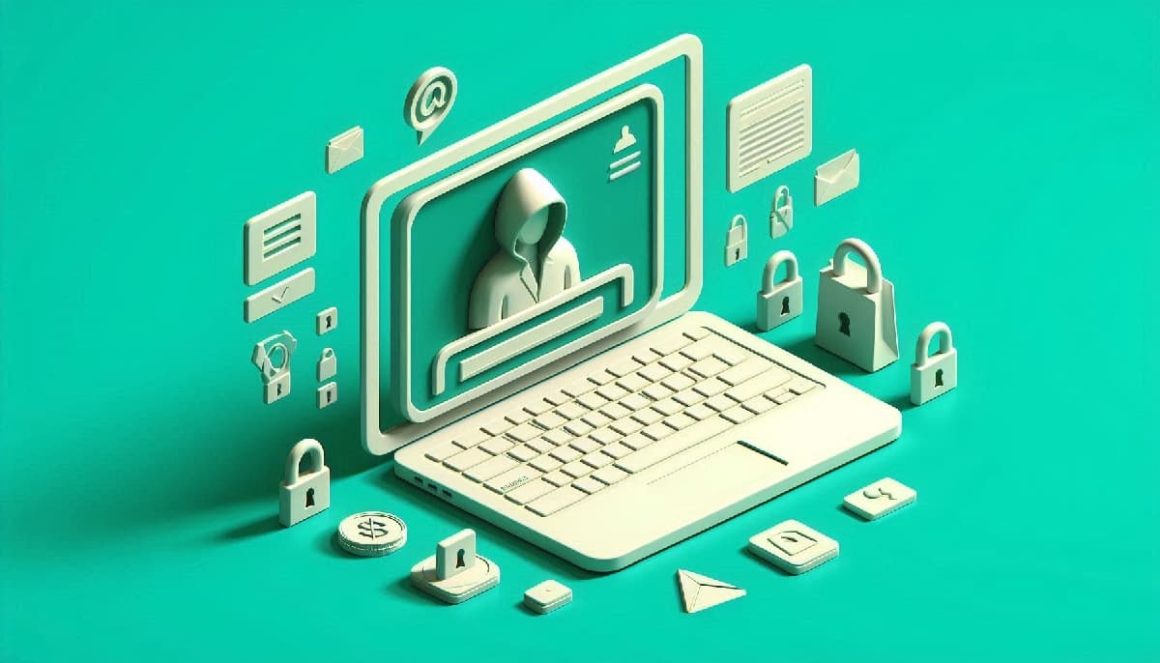Despite advancements in cybersecurity tools, human vulnerability remains the weakest link, with phishing among the most dangerous forms of social engineering. The FBI’s Internet Crime Complaint Center (IC3) identifies phishing as the most commonly reported type of cybercrime, with around 300,000 incidents in 2023 alone resulting in financial losses exceeding $18.23 million.
Even employees are aware of these risks, even if they lag when it comes to actually ensuring the integrity of their data and access credentials. A recent industry survey found that 71% of working adults have admitted to risky behaviour, which can include reusing or sharing a password, clicking on links from unverified sources, or giving credentials to untrustworthy websites or apps. Virtually all these people engage in risky behaviour with full knowledge of the dangers.
This discrepancy between awareness and action is therefore a significant challenge. It is essential to train employees to recognize and properly deal with phishing attempts. One of the most effective ways to address this is through phishing simulations, which provide a practical and measurable approach to enhancing how employees identify and act on phishing attacks.
By simulating real-world scenarios, organizations can establish a culture in which each team member can be an active participant in improving cybersecurity.
Phishing Simulation’s Role and How It Works
Simulated phishing attacks replicate real-world threats to test employee responses. Unlike passive training methods such as online educational modules or presentations, phishing simulation can immerse users in practical scenarios. Beyond simple emails, simulations now offer advanced algorithms to tailor phishing emails based on organizational context, user behaviour, and other scenarios, increasing training effectiveness.
Platforms that provide this service also offer detailed analytics on employee performance, identifying high-risk individuals or departments. These insights allow organizations to implement targeted training, addressing gaps in knowledge or behaviour. Moreover, when simulation tests take place throughout people’s ongoing work, it can reinforce genuine cybersecurity awareness, fostering a culture of vigilance across the team.
Attack scenarios are executed with varying degrees of complexity. For instance, emails are crafted to resemble legitimate communications, often using common phishing tactics like spoofed domains, urgent requests, or enticing offers. These emails prompt employees to interact, asking them to click on unknown links or to provide credentials to unauthorized parties. Failing to identify the simulated phishing email, such as when a user clicks a link or logs in to a spoofed site, then triggers educational feedback, serving up micro-lessons explaining the red flags and consequences of such actions.
Organizations can customize simulations to address industry-specific threats. For example, finance teams might encounter simulated spear-phishing attempts targeting financial data, while HR teams might face phishing emails related to payroll fraud. Sophisticated platforms can also integrate threat intelligence, ensuring simulations evolve alongside real-world attack trends.
The Benefits of Simulation-Based Training
One of the most significant advantages of phishing simulations is behavioural conditioning. Regular exposure to simulated phishing attempts trains employees to recognize and respond appropriately to phishing threats.
This repeated practice not only reinforces awareness but also develops instincts for identifying malicious attempts. For instance, it is reported that industries with higher engagement in phishing simulations, such as financial services, achieved reporting rates of up to 29%, indicating increased employee awareness and proactive reporting behaviours.
Phishing simulations also play a crucial role in compliance and reporting. Industries bound by stringent regulations, such as GDPR or HIPAA, require organizations to maintain robust cybersecurity training programs. Simulations provide tangible evidence of these efforts, demonstrating compliance during audits.
By incorporating simulations into their training regimes, companies can fulfil legal obligations while simultaneously building a more security-conscious workforce.
Another key benefit is cost efficiency. Cyberattacks can lead to significant financial losses. IBM’s 2024 Cost of a Data Breach Report reveals that the global average cost of a data breach is $4.88 million. Thus, preventing just one successful breach can potentially save organizations millions in losses, regulatory penalties, lawsuits, and other costs.
Lastly, an enhanced security posture helps reduce downtime caused by cyberattacks. A successful phishing attempt can lead to operational disruptions that might require extensive recovery efforts. By training employees to identify and report phishing attempts, organizations can minimize disruptions, ensuring business continuity and protecting their bottom line.
Strategies for Achieving Maximum Impact
Despite their advantages, phishing simulations face challenges. Employees may feel tricked or resentful, perceiving simulations as punitive rather than educational. To address this, organizations should focus on transparency and communication, framing simulations as a learning opportunity rather than a test to foster cooperation.
Additionally, simulations must strike a balance between realism and ethical boundaries. Overly deceptive tactics can harm trust within the organization. Clear policies and ethical guidelines ensure simulations remain constructive. Organizations also need to establish protocols, such as debriefing, to ensure a collaborative environment and to incorporate lessons learned into further simulation activities.
To maximize the effectiveness of phishing simulations, organizations should implement a structured approach. Start with a baseline assessment to gauge the current level of phishing awareness among employees. This initial evaluation provides a clear starting point and helps identify specific weaknesses that need attention.
Next, regular and varied simulations should be conducted at unpredictable intervals to maintain employee vigilance. By keeping simulations unpredictable, employees remain alert and less likely to become desensitized. Additionally, the simulations should cover a wide range of scenarios to address different phishing tactics, such as email scams, spear phishing, and social engineering, ensuring employees are prepared for all types of attacks.
It is also important to use data-driven adjustments. Analytics from simulations should be used to refine training programs, focusing on areas where employees struggle the most.
Engaging leadership involvement in the simulations can further strengthen the training. When leadership participates, it sets a positive example and reinforces the importance of cybersecurity across the organization, reducing vulnerabilities like CEO fraud or whale phishing.
Finally, establish a continuous feedback loop. After each simulation, provide immediate feedback to employees through debriefing, highlighting key lessons and areas for improvement. This ensures that the learning process remains ongoing.
The Takeaway
Phishing simulation can be an impactful component of an organization’s cybersecurity strategy. It bridges the gap between theoretical training and real-world applications. Organizations can use this proactive stance to enhance awareness, empower the workforce, and build a resilient cybersecurity culture.









